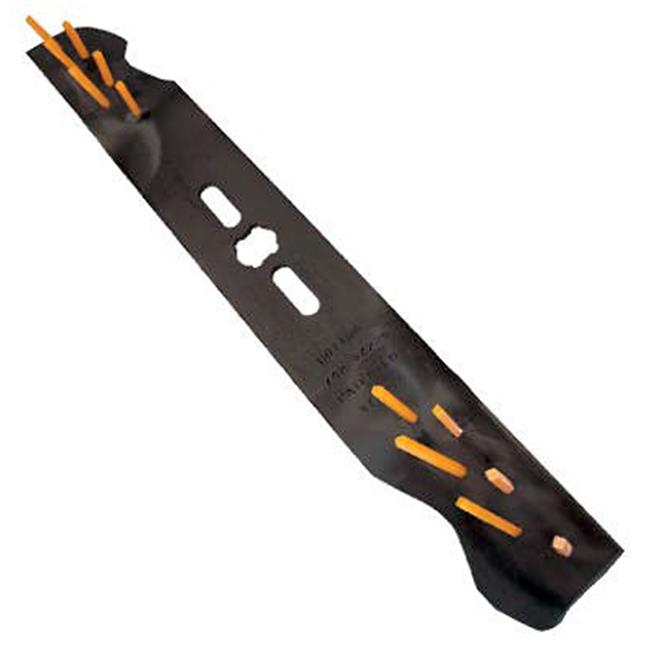Dethatching Made Easy: Exploring Dethatching Blades for Push Mowers

A healthy lawn requires more than just regular mowing. Thatch, a layer of dead grass and debris that accumulates between the soil and live grass blades, can hinder water and nutrient flow, leading to a patchy, unhealthy lawn. Dethatching is the process of removing this thatch layer, and a dethatching blade for your push mower can be a valuable tool for achieving a healthier lawn.
What is a Dethatching Blade?
Unlike a standard mower blade designed for cutting grass, a dethatching blade is a specialized attachment for your push mower. It typically features sharp metal tines or scarifiers that rake and remove thatch buildup as you mow.
Benefits of Using a Dethatching Blade:
Improved Lawn Health: By removing thatch, a dethatching blade allows water, air, and nutrients to reach the grass roots more effectively, promoting healthier growth and a thicker lawn.
Enhanced Drainage: Thatch buildup can impede water drainage, leading to puddling and potential lawn diseases. Dethatching improves drainage for a healthier overall lawn environment.
Increased Effectiveness of Fertilizer: With less thatch hindering absorption, fertilizer can reach the roots more effectively, maximizing its benefits for your lawn.
Is a Dethatching Blade Right for You?
Dethatching blades can be a great tool for homeowners with lawns prone to thatch buildup. Here are some factors to consider:
Lawn Condition: If your lawn feels spongy when you walk on it, has a brown or patchy appearance, or struggles to drain water effectively, dethatching might be beneficial.
Grass Type: Warm-season grasses like Bermuda grass generally require dethatching less frequently than cool-season grasses like Kentucky bluegrass.
Severity of Thatch Buildup: For severe thatch problems, a dedicated dethatching machine might be more effective than a dethatching blade for a push mower.
Using a Dethatching Blade Safely and Effectively:
Consult Your Owner's Manual: Ensure your push mower model is compatible with a dethatching blade attachment. The owner's manual will also provide specific instructions for attaching and using the dethatching blade.
Start Shallow: Begin by setting the dethatching blade to its shallowest setting to avoid scalping the lawn. Gradually lower the blade depth in subsequent passes if needed.
Multiple Passes: Dethatching is often more effective with multiple passes in different directions over the lawn.
Overseeding: Dethatching can expose bare patches in your lawn. Consider overseeding with grass seed after dethatching to promote new growth.
Water Your Lawn: Deeply water your lawn after dethatching to encourage root growth and recovery.
Alternatives to Dethatching Blades:
For severe thatch problems or large lawns, consider these alternatives:
Core Aeration: This process removes small plugs of soil, creating channels for improved water and air movement.
Professional Dethatching Services: For heavily thatched lawns, professional dethatching services might be the most effective solution.
Conclusion:
A dethatching blade for your push mower can be a handy tool for maintaining a healthy lawn by removing thatch buildup. By understanding the benefits, appropriate use, and potential limitations of dethatching blades, you can determine if this method is the right fit for your lawn care routine. Remember to consult your owner's manual for safe and effective dethatching with your push mower.
Post a Comment for "Dethatching Made Easy: Exploring Dethatching Blades for Push Mowers"